The Specter of the Western Front - The Trope of Stalemate and the War in Ukraine
What caused the stalemate in WWI? How does it parallel the war in Ukraine?
Photographs and video of trenches have become ubiquitous in the depiction of the War in Ukraine. To many observers, these images clearly evoke the Western Front of WWI, and the years of brutal trench warfare that became iconic to that war. The extensive use of trenches in Ukraine and the slow progress of the counteroffensive has therefore raised the specter of stalemate in the popular consciousness. In this article, I hope to explain the particular military conditions that led to stalemate on the Western Front and examine their applicability to the case of Ukraine.
To begin with, it’s necessary to address a pervasive myth about WWI. As much use as the phrase “lions led by donkeys” has gotten, and as popular the image of well-fed officers in châteaus ordering thoughtless marches across no-man’s-land are, modern scholarship on the tactics of the First World War has shown a very different reality. Officers at all levels had become well-acquainted with the devastating effectiveness of firepower and actively sought tactical solutions to the problem. The concept in 1914 was for the attacker to use superior firepower to keep the defenders suppressed and allow the infantry to advance. Not only was this a reasonable concept, it was demonstrably effective. Not only was the German army able to capture significant territory in 1914, but in general, assaults in WWI commonly achieved at least initial success. One of the most significant factors on the tactical level that caused the famous stalemate on the Western Front was that firepower was hard to move forwards. Before the advent of tanks and bombers, firepower came from artillery and machine-guns. As a result, the attackers quickly found themselves outgunned after breaching the first line of defense. Their firepower simply couldn’t move up to support them.
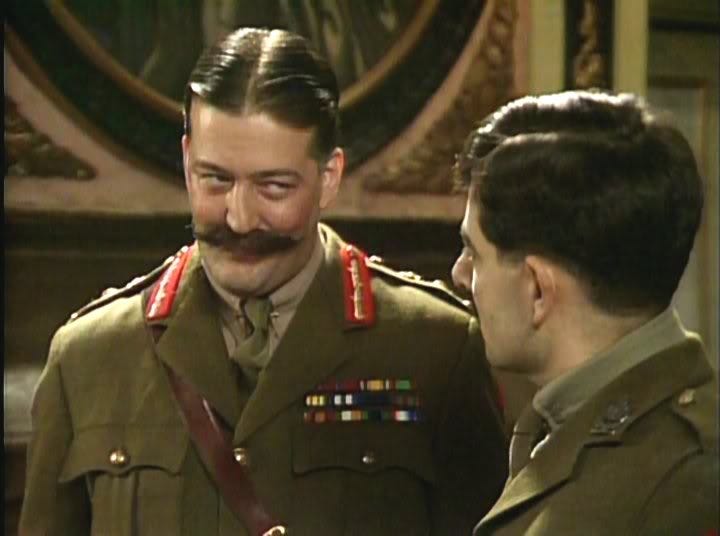
Even the smallest machine guns were massive, cumbersome things that took a crew to properly operate. Moving artillery any distance required teams of horses and was often outright impossible in muddy conditions. What was more, even before the attack had advanced beyond the range of the guns the difficulty in communication was practically insurmountable. Communications technology was in its infancy, with telephone wires being the best available. These fared predictable on a battlefield, with coordination between artillery and infantry often relying on carrier pigeons and message runners.
It’s without a doubt easier to defend than to attack. Yet, the attacker has one significant advantage to their credit: they possess the initiative. The attacker gets to pick the time, place, and manner of their attack. The defender doesn’t inherently know any of these dimensions. With the initiative, the attacker can ensure they have sufficient forces available that are prepared to overcome whatever obstacles the defenders have constructed. Safe routes through minefields can be found or made, the locations of enemy strongpoints can be given to artillery batteries, enemy reserves can be engaged in other directions, etc.
If the defender does not correctly anticipate the time and place of the attack, the attacker will at least briefly possess these advantages and have the opportunity to capture territory before the defender can bring equivalent forces to bear. During WWI, this crucial advantage for the attacker was significantly curtailed by yet another technological development that had asymmetrical benefits for the defender. The proliferation of railways had a profound impact on the conduct of war in the 19th century and were a significant factor in the wars of German unification. But as the size of armies grew and room for maneuver became cramped, the locomotive proved biased towards the defender.
Even in the best of times, sustaining millions of men on the frontlines is never an easy task. Until very recently, far more soldiers died from disease and deprivation than in battle. In WWI, before fleets of trucks were available to bring supplies forward, every step an army advanced brought it further from its railheads, worsening its supply situation. As a result, breakthroughs were rarely able to be exploited for want of ammunition or eventually, food.
Most decisively, the defender was able to use railways to redeploy forces to meet an attack whereas an attacker could advance only at speed a soldier could march. It proved far quicker to move forces laterally (which could rely on the aid of the train) than to conduct penetrations on foot. As a result, during the First World War, on the rare occasions a breakthrough was achieved, the defender could easily move sufficient reserves to prevent its exploitation.
It was this seemingly insurmountable challenge that faced military leadership in WWI. Military technology had advanced greatly when it came to firepower, but mobility and communications had not kept up. What elevated this to tragedy, and made the Western Front a true charnel house, was that both sides had a strategic imperative to attack. The French and British needed to prevent Germany from being able to turn its attention against their Russian ally, and Germany needed to defeat the allies before the British blockade drove it to starvation. As such, neither side could accept inaction on the Western Front and wait for new technologies to be integrated and new tactics developed. Even with the benefit of hindsight, it is hard to say how the stalemate could have been broken with the technology of 1914-16.
By 1917, however, tactics had advanced such that while battles were still obscenely bloody, they were no longer nearly incapable of delivering results. New weapons such as flamethrowers and sub-machine guns put an unprecedented level of firepower in the hands of the infantryman. The Battle of Cambrai saw the use of tanks breach the German line. While a far cry from the speedy vehicles of the Second World War, tanks-for all their shortcomings-were nevertheless an invaluable source of mobile firepower. By the time the war ended, despite the increasingly sophisticated practice of building fortifications and defensive tactics, the allied forces were capturing wide swathes of territory from the Germans.
The stalemate of the First World War can only be understood as a product of the unequal development of firepower, mobility, and communication. Digging trenches was not an innovative idea in 1914, and it would be a mistake to conflate the prolonged attritional struggle of the Western Front with the practice. A particular combination of factors occurred which produced the static character of WWI. As we will see by the Second World War, the shape of war had shifted away from that paradigm, and decisive offensive operations were once again possible.
Contrary to the popular imagination, trenches and fortifications are not a relic of the First World War, only recently resurrected by the Ukraine war. Trenches, though an icon of WWI, were nevertheless ubiquitous in WWII and throughout modernity. Movement was regular in WWII not because of a lack of trenches, but because technology had advanced in a way that favored the employment of combined arms by the attacker. Armies had access to motorized transport, which could bring artillery and infantry closer to the front. Tanks could carry firepower not only to the front line, but also far beyond it. Dive bombers could strike targets in support of an attack, going where artillery could not. Rail supply was essential during WWII, but was able to be supplemented by motorized supply and even aerial resupply. While rail and even horse supply remained the norm, the existence of alternatives enabled far greater success for offensives.
Perhaps most critically, advances in radio allowed unpreceded communication and coordination between these disparate arms. Where it was difficult for a commander to know during the First World War whether an attack had made progress at all, by the Second World War radio provided a much clearer picture of the battlefield and where fire support was needed.
Massive systems of trenches were dug in WWII. Yet they did not produce a repeat of the stalemate of WWI. Because the trenches were never what produced the stalemate. The lack of mobility and communication technology created a stalemate. With developments in those areas, the imbalance towards defensive firepower was corrected, and mobility became the norm in war. Trenches in Ukraine are not a symbol of stalemate. Trenches shelter infantry from the shrapnel of artillery bombardment and are simply easier to defend than an open field. Any time a piece of ground on the front is going to be occupied for any length of time, it makes sense to construct trenches.
This all being said, an argument can be made that the character of war in Ukraine favors the tactical defensive, in a manner reminiscent of the First World War. However, this argument cannot rely on the extensive use of trenches to support it because, as we have seen, trenches are utilized even in cases such as WWII. An argument that the tactical defensive dominates would be most strongly based in the efficacy of precision guided munitions and the ability of drones to both deliver and target them. In conjunction with other weapons systems, this creates an environment in which leaving entrenched positions is prohibitively dangerous. For evidence of this, this argument can cite the largely static frontlines of the war in Ukraine and the high level of dispersion of forces.
However, the counter-argument to this, that the war in Ukraine does not demonstrate a similar disproportionate bias towards the defensive that characterized WWI, is in my opinion more convincing. The technologies that enabled a return to mobility in WWII have not been nullified. While weapons like the Javelin have ensured infantry are better equipped to face tanks, tanks have never been invulnerable. In fact, despite hardly working in WWI, they allowed the allies to achieve the kind of advances that had not been possible in previous years. Modern communications technologies and the mechanization of armies have ensured the attacker no longer faces such inherent difficulties in just advancing as caused a stalemate in WWI.
The long period between Ukraine’s Kherson offensive and its current counter-offensive in which hardly any territory changed hands on its face seems to be reminiscent of the Western Front and therefore, a stalemate. However, Ukraine lacks the strategic imperative to attack, and therefore was not continually attempting to achieve a breakthrough during those months, but using the Russian focus on Bakhmut as an opportunity to integrate Western tactics and equipment. What’s more, it would be a mistake to make too much of the operational pauses in Ukraine considering the particular terrain. When the ground is too soft, it is virtually impassable to the heavy military vehicles needed to conduct offensive operations. As such, both sides generally refrain from serious offensive operations when environmental conditions are unfavorable. This is not comparable to the tactical crisis that faced the belligerents in 1914, where conducting successful offensive operations seemed technically impossible with the tools available. In Ukraine, it is clear that they are possible, just not practical at certain times.
Looking at it as the now-distant past, the significant operations of WWII seem almost continuous. However, events that are sequential in the historical sense are not so to those living through them. From the fall of Poland until the German invasion of Denmark and Norway, six months passed with no serious fighting. While the fighting was continuous, there was little movement on the Eastern Front from December 1941 until June 1942. Long periods without dramatic success for either side are normal in war. What made the First World War exceptional was not the presence of prolonged attritional struggles, but an inability to achieve significant victories for either side.
It is difficult to view an ongoing war in the same way we think of a war that began nearly eighty-five years ago. But if we try to view the war in Ukraine through the same macro-view that we do WWII, it appears anything but a stalemate. Russia initially succeeded in capturing vast swathes of territory in its initial attack. Yet, Ukraine proved itself capable of victories at Kherson and Kharkiv that dramatically reshaped the frontlines. Russia attempted an offensive at Bakhmut, which failed to achieve decisive results, and now Ukraine has begun an offensive of its own, with a yet undetermined conclusion.
While it’s possible that a stalemate might develop in Ukraine, it would have to be the product of both sides being unwilling to bear the costs of achieving offensive success (as occurred in the Korean War) and not because of a reproduction of the inequality between attack and defense that led to stalemate in 1914. It remains a challenge to conduct combined arms warfare, but modern technology provides the attacker with unparalleled potential to follow-up a successful attack with significant territorial gains. Attacking is never easy, but the conditions that made it nearly impossible in WWI were nearly historically unique. The visual similarities between trenches in Ukraine and the iconic images of the First World War are striking, but are ultimately deceptive. Stalemate is not on the horizon in Ukraine.



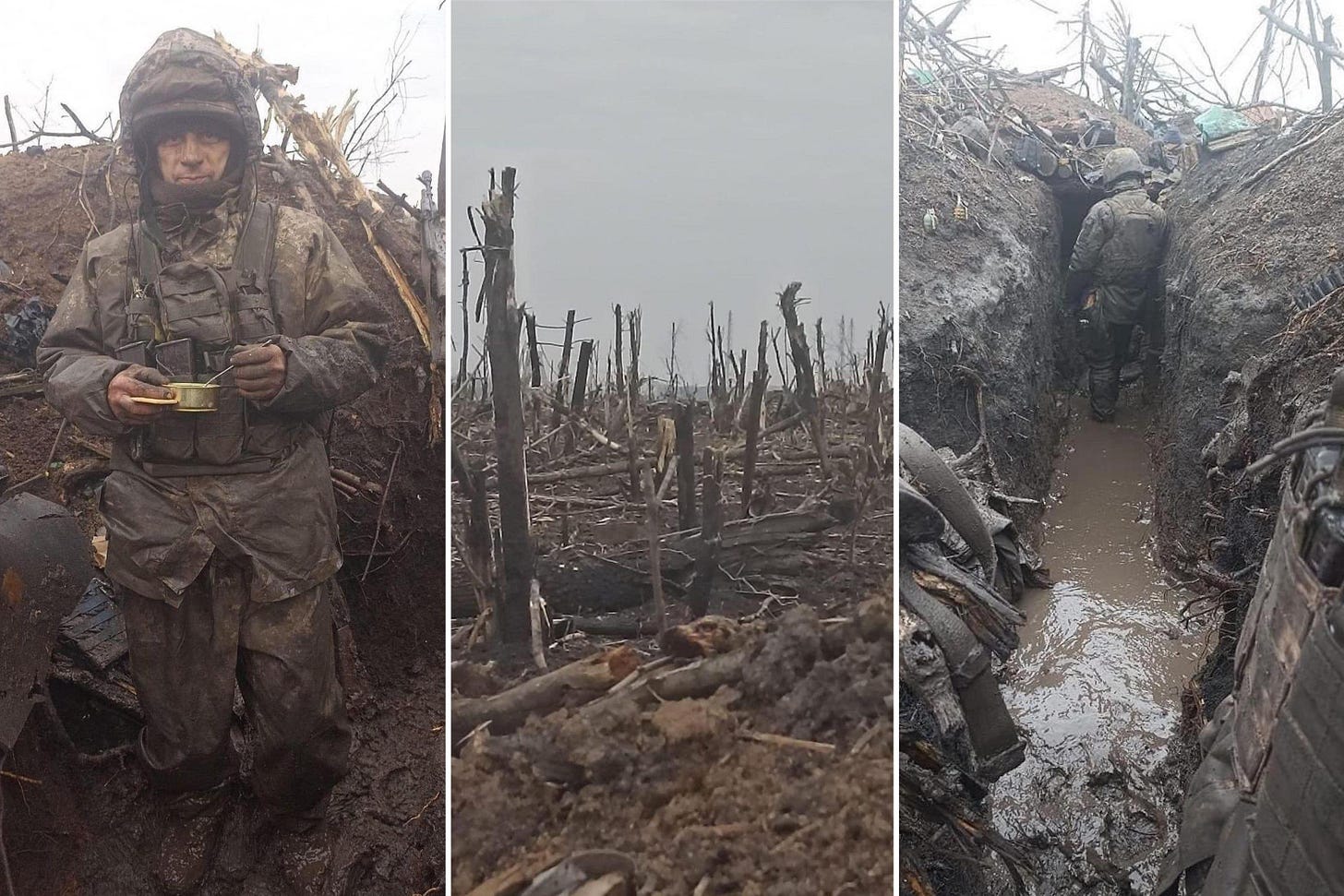

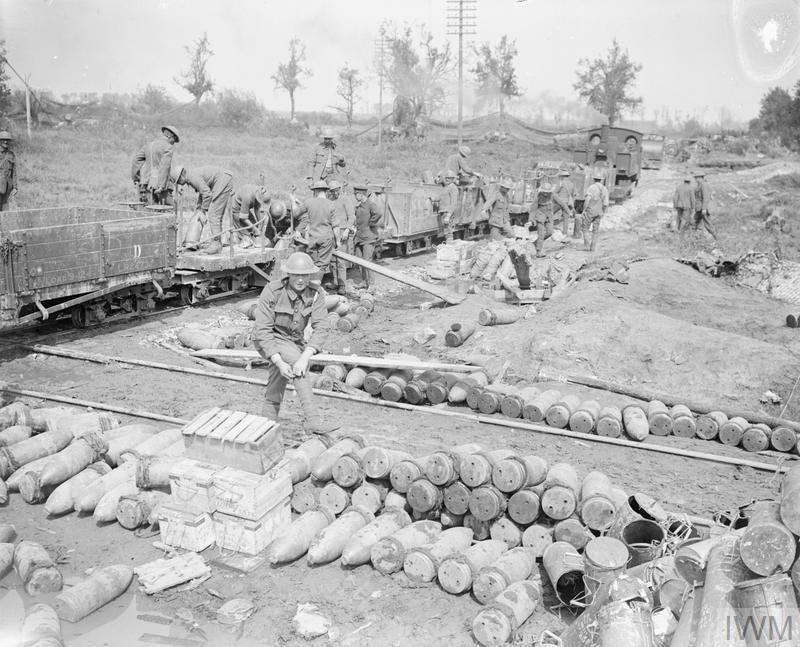

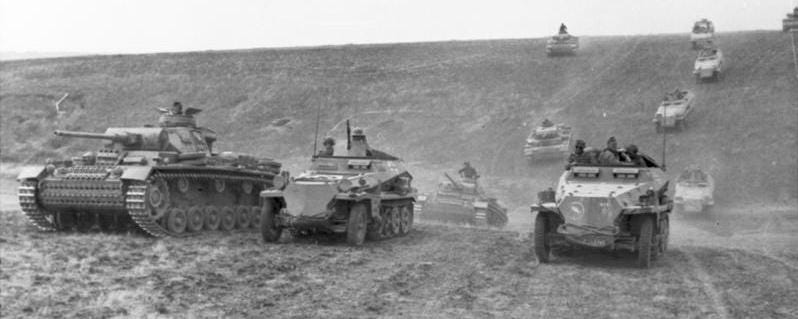
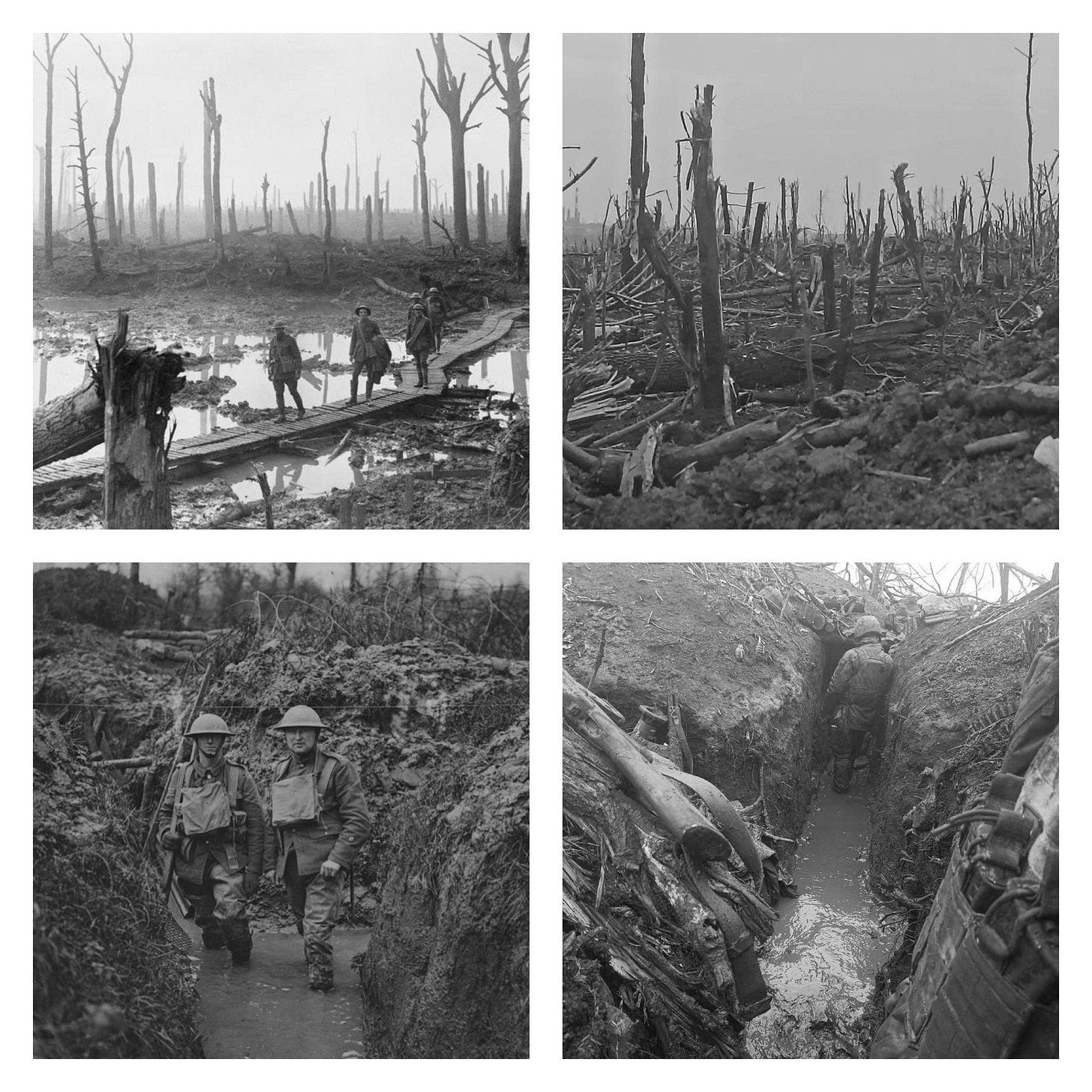
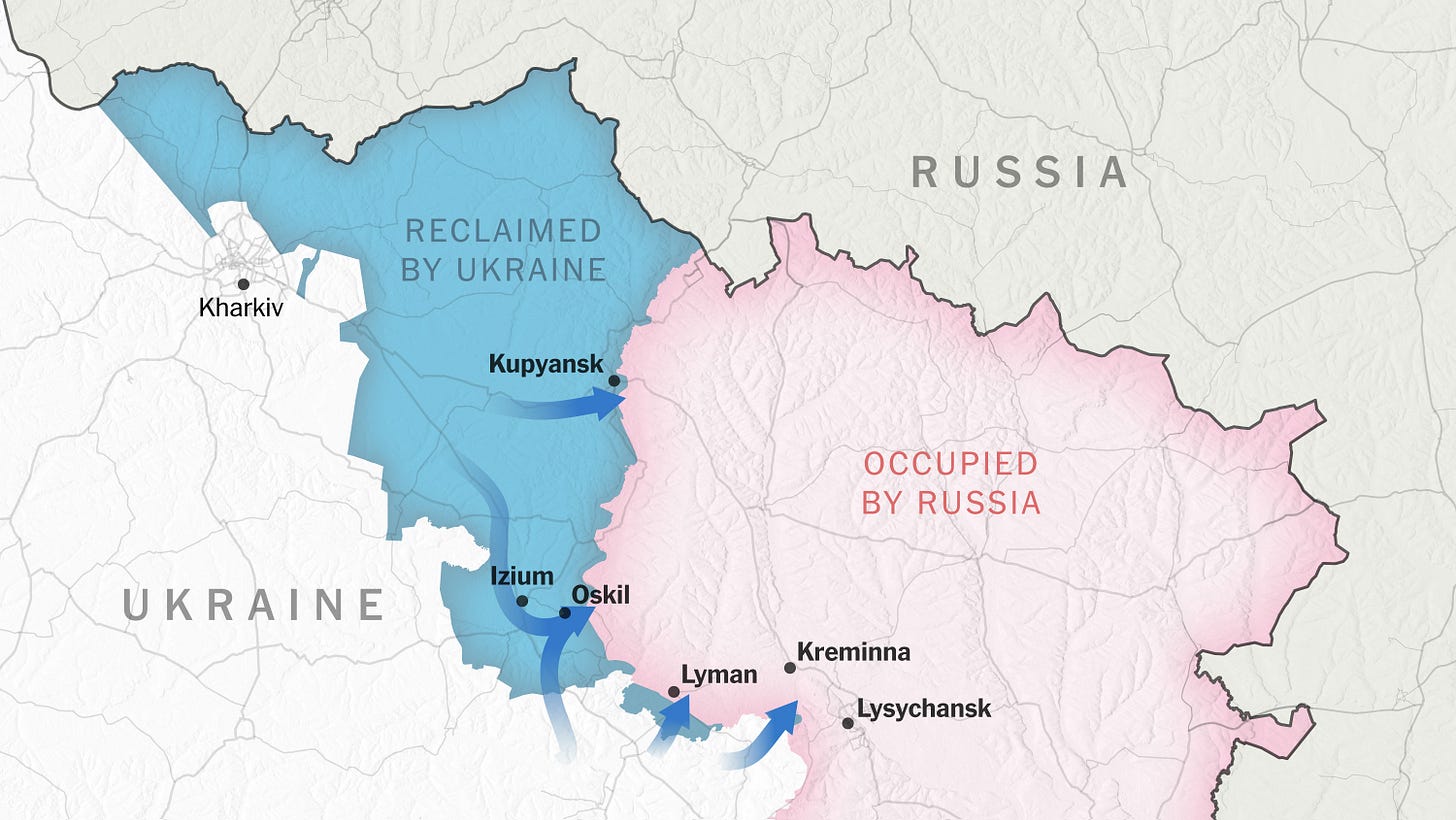
Good article as always.
If you are in need for a new blog topic, I would be interested in an article on Clausewitz influence on philosophy and histography.
Had a book about the history of philosophy in my hands lately and notably Machiavelli was treated, but not Clausewitz.
One meta-concept I took away from Clausewitz was to view social processes, as war and politics are, as a system of many opposing and supporting forces. Somewhat exaggerated, viewing social processes like a Newtonian physics problem.
(I hope that this is no complete misinterpretation of Clausewitz' work, if so happy to be corrected).